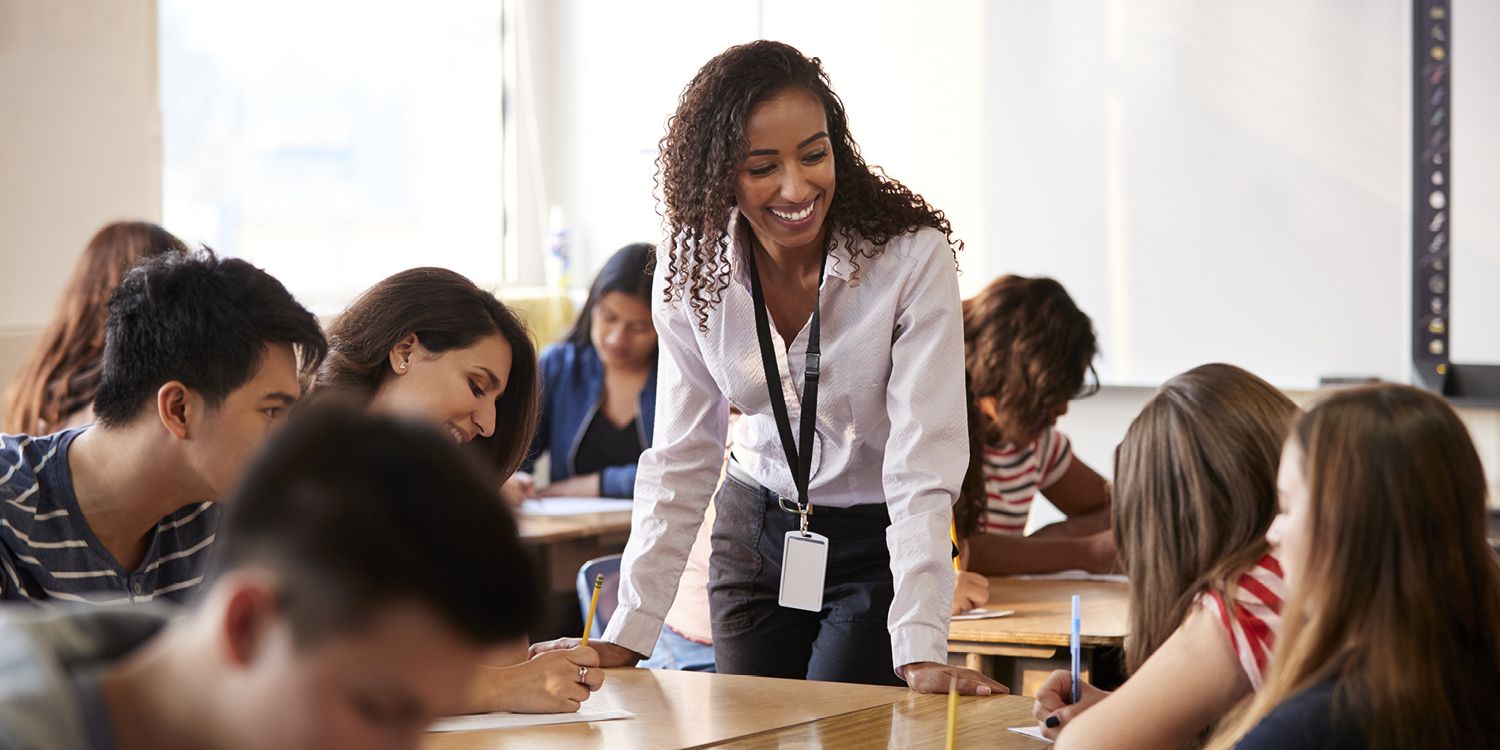
Flexible Content Options:
One of the key features of differentiated instruction is its emphasis on providing flexible content options. This approach allows educators to tailor their teaching materials to meet the specific needs of individual students. By offering a variety of resources, such as texts of different reading levels or multimedia materials, educators can ensure that students are engaged and challenged at their appropriate level.
Adapting Learning Processes:
Differentiated instruction also recognizes that students have different learning styles and preferences. By adapting learning processes to accommodate these differences, educators can create a more inclusive classroom environment. For example, some students may thrive in collaborative group work, while others may prefer individual tasks. By incorporating a variety of instructional strategies, such as hands-on activities, visual aids, or technology-based learning, educators can cater to the diverse needs of their students.
Alternative Assessment Methods:
In a differentiated classroom, traditional forms of assessment may not accurately measure the progress and understanding of all students. Therefore, differentiated instruction encourages the use of alternative assessment methods. These methods may include project-based assessments, portfolios, or student-led conferences. By allowing students to showcase their knowledge and skills in different ways, educators can ensure that every student’s achievements are recognized and valued.
Creating a Varied Learning Environment:
Differentiated instruction promotes the creation of a varied learning environment that caters to the diverse needs of students. This includes providing opportunities for students to work independently, in pairs, or in small groups. By offering a range of learning materials and resources, educators can create a dynamic and engaging classroom that supports the learning preferences of all students.
Promoting Student Choice and Autonomy:
Another important aspect of differentiated instruction is the promotion of student choice and autonomy. By allowing students to have a say in their learning, educators empower them to take ownership of their education. This can be achieved through offering choices in assignments, allowing students to pursue their interests, or providing opportunities for self-reflection and goal-setting. By fostering a sense of agency, educators can motivate students to become active participants in their own learning journey.
Differentiated instruction is a powerful approach that enhances learning in today’s diverse classrooms. By recognizing and addressing the individual needs, interests, and strengths of students, educators can create a positive and inclusive learning environment. Through flexible content options, adapting learning processes, alternative assessment methods, creating a varied learning environment, and promoting student choice and autonomy, differentiated instruction caters to the diverse needs of students and ensures their success. By implementing differentiated instruction, educators can truly enhance learning and create a classroom that values and supports the unique needs of every student.






